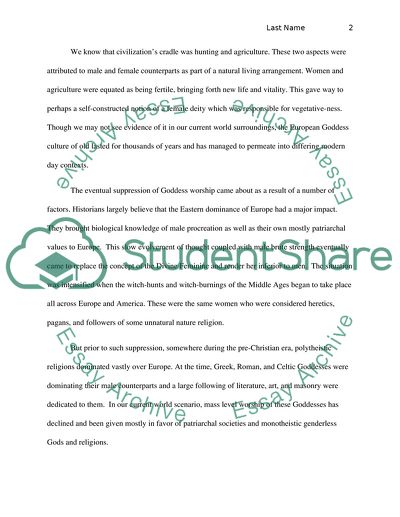Cite this document
(Goddesses in World Religions and Cultures Case Study, n.d.)
Goddesses in World Religions and Cultures Case Study. Retrieved from https://studentshare.org/religion-and-theology/1564995-goddesses-in-world-religions-and-cultures
Goddesses in World Religions and Cultures Case Study. Retrieved from https://studentshare.org/religion-and-theology/1564995-goddesses-in-world-religions-and-cultures
(Goddesses in World Religions and Cultures Case Study)
Goddesses in World Religions and Cultures Case Study. https://studentshare.org/religion-and-theology/1564995-goddesses-in-world-religions-and-cultures.
Goddesses in World Religions and Cultures Case Study. https://studentshare.org/religion-and-theology/1564995-goddesses-in-world-religions-and-cultures.
“Goddesses in World Religions and Cultures Case Study”. https://studentshare.org/religion-and-theology/1564995-goddesses-in-world-religions-and-cultures.


